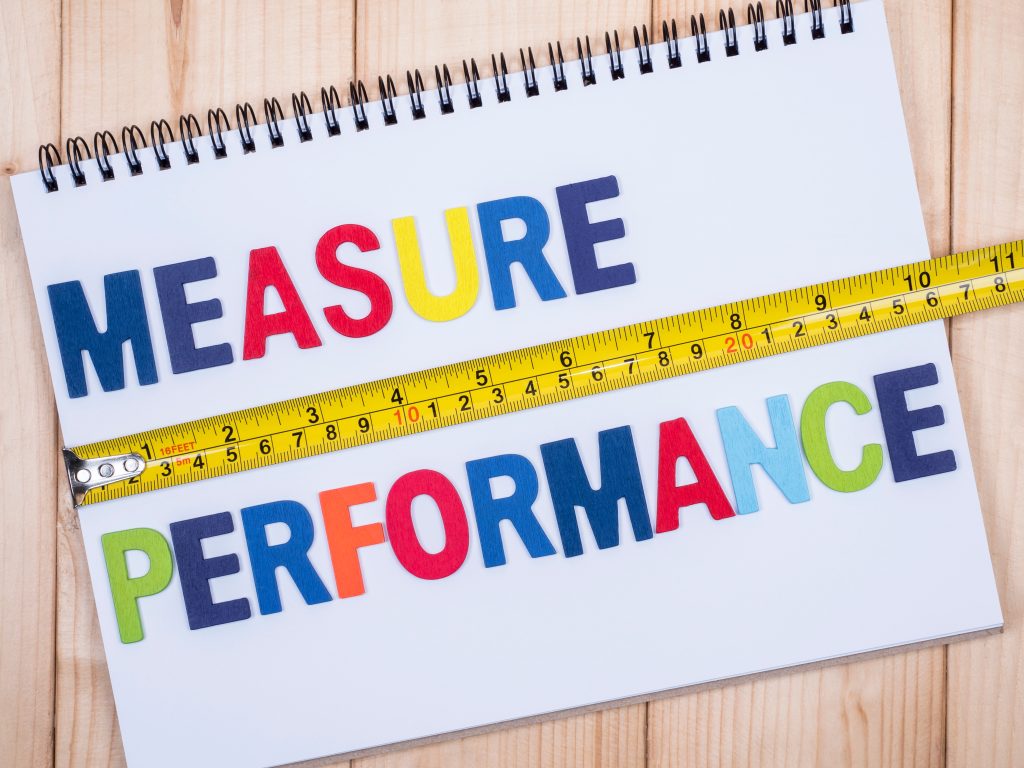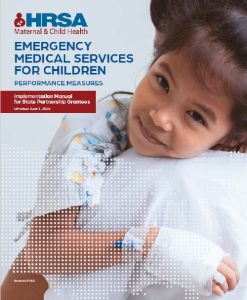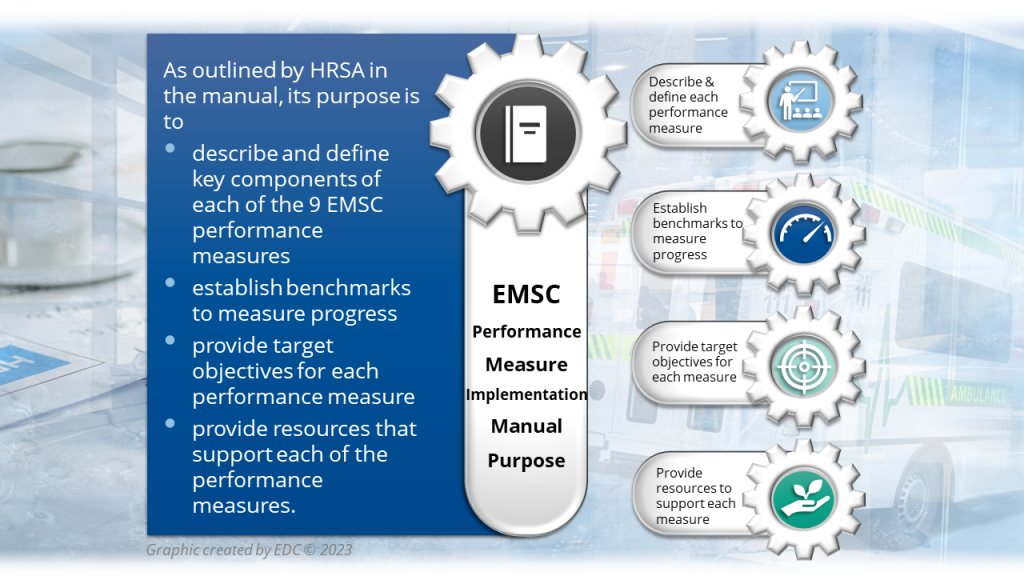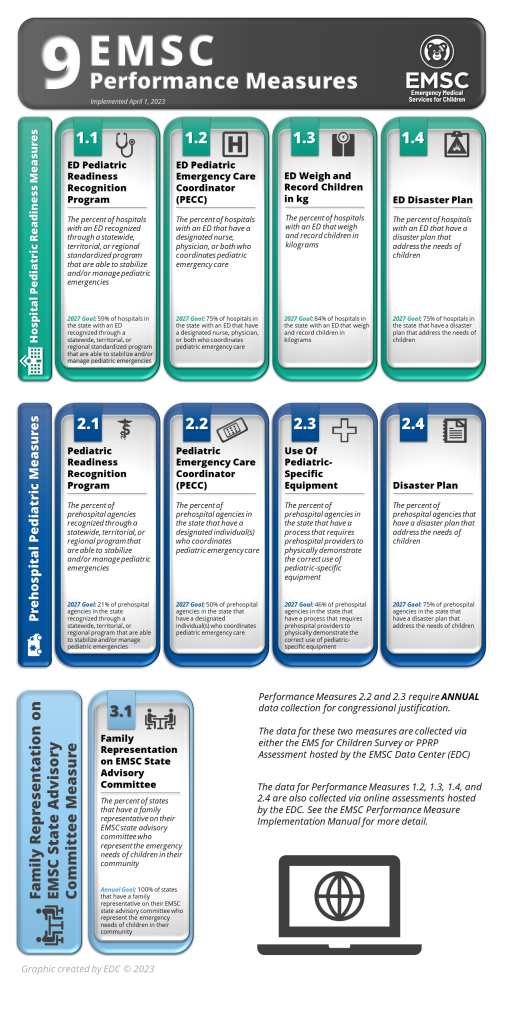Performance Measure Implementation Manual and Development Process
EMSC Performance Measure Implementation Manual
The current EMSC Performance Measure Implementation Manual was released for EMSC State Partnership grantees in April 2025 and is hosted on the EIIC website. This manual covers the Program Performance Measures through 2027.
EMSC Program Managers can think of this implementational manual as a handbook of instructions, especially for improving the ease, accuracy, and consistency of data collection and reporting for State Partnership grantees for the performance measures. In this manual it outlines the goals, policies, standards, and requirements set forth by the federal EMSC Program.
It should contain the answers to all of your questions about the current EMSC Performance Measures.
9 EMSC Performance Measures
The EMSC Program has 9 performance measures for State Partnership grantees. These measures can be found explained in the EMSC Performance Measure Implementation Manual found above.
We have created a graphic to briefly explain each of these 9 measures.
Click on the graphic to see and download a higher resolution infographic of the 9 EMSC Performance Measures.
Performance Measure Resources
While the EDC is focused on the data collection, we have compiled a list of some website as resources to help you with these measures.
EMSC Performance Measure Data Collection Schedule
A description of EMSC’s next phase of national performance measure evaluations appears in Table 2 on page 12 of the current EMSC Performance Measure Implementation Manual. The measures are structured around three major focus areas: four measures focus on hospital pediatric readiness, four focus on prehospital pediatric readiness, and one on ensuring family representation in the EMSC advisory committee.
Grantees will report data in the Electronic Handbook (EHB) on three measures and the other six measures will be captured through the National Pediatric Readiness Project (NPRP), the National Prehospital Pediatric Readiness Project (PPRP), and/or the EMS for Children Survey by the indicated data collection frequency listed in the implementation manual.
EMSC Performance Measure Development Process
Developing the Original Measures (2004-2016)
In 2004, the U.S. Department of Health and Human Services, Health Resources and Services Administration (HRSA) and Maternal Child and Health Bureau’s (MCHB) Emergency Medical Services for Children (EMSC) State Partnership Program implemented standardized performance measures to assess the quality of pediatric emergency care provided in the prehospital and hospital emergency department (ED) settings in all states and U.S. territories.
These performance measures were the first steps to assess the degree to which systems are in place to ensure optimal care of children in the emergency care setting.
Performance measures data have been collected from 56 states and territories several times since 2004. The findings from the data collection showed that the majority of prehospital agencies had medical direction and equipment, which were the original prehospital-based performance measures, but that there was still room for improvement in the hospital ED measures. In addition, the prehospital and hospital ED measures concentrated on availability of services and equipment. While availability is an important first step, systematically measuring processes is the logical next step.
As a result, in 2017, while the EMSC Program decided to keep the hospital ED measures, the Program ended collecting data about pediatric medical direction, pediatric equipment carried on ambulances, or pediatric education requirements for EMS personnel and moved to a next generation of measures for prehospital agencies assessing processes.


Developing the Next Set of Measures (2017-2022)
In 2013, the EMSC Program worked with the EDC staff to develop the current EMSC performance measures. As a first step, performance-measure data from two periods in 2010 and 2013 were analyzed and reviewed to determine where efforts should continue and what areas were ready to move to the next phase. Hence, the journey began to develop prehospital systems-based performance measures.
The process for developing the next generation of prehospital-based performance measures was an iterative one over a three-year period involving research, interviews, and input from an advisory committee — Performance Measure Advisory Committee (PMAC). HRSA and EDC staff began by interviewing subject matter experts in the prehospital field. The EDC also conducted a comprehensive literature review to identify the important topics in the prehospital world. In 2013, the EDC convened a two-day meeting of a twenty-person PMAC and conducted follow-up conference calls to identify three core performance measures. As the performance measures evolved, cognitive interviews were conducted with eight prehospital agencies in five states to further refine the three new performance measures.
Based on the work and recommendations of the PMAC, and with the support of HRSA, three new prehospital-based performance measures were developed:
EMSC 01: Submission of NEMSIS Compliant Version 3.X Data

EMSC 02: Pediatric Emergency Care Coordinator (PECC)

EMSC 03: Use Of Pediatric-Specific Equipment

Read more about the history of the EMSC Program performance measures, the movement to a centralized national database, and movement from structure measures to process measures in the article Getting more performance out of performance measures: The journey and impact of the EMS for Children Program. Clinical Pediatric Emergency Medicine. 2018 Sep 1;19(3):206-15.
Developing the Current Measures (2023-2027)
Three of the existing performance measures will continue, capturing hospital pediatric readiness recognition programs, prehospital PECCs, and prehospital pediatric skills-checking.
At that time, the Program also implemented six new performance measures to ensure the incorporation of pediatrics in prehospital and hospital disaster plans, expand the uptake of pediatric readiness in hospitals, improve prehospital agencies pediatric readiness recognitions program, and ensure family partnerships are incorporated into all aspects of state EMSC Programs. The measures are structured around three major focus areas based on 2 joint policy statements: Pediatric Readiness in Emergency Medical Services Systems and Pediatric Readiness in the Emergency Department.





